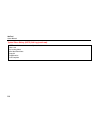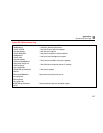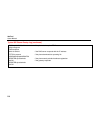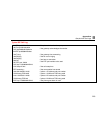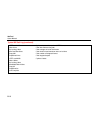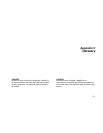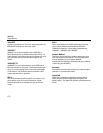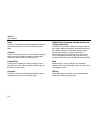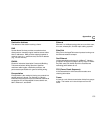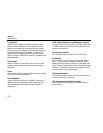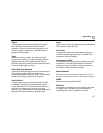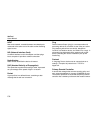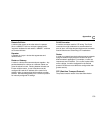
NetTool
Users Manual
C-2
10BASEF
A point-to-point fiber link. This is the draft specification for
IEEE 802.3 Ethernet over fiber optic cable.
10BASE-T
10BASE-T is the implementation of the IEEE 802.3
Ethernet standard on unshielded twisted-pair wiring. It is
a star topology, with stations directly connected to a multi-
port Hub, and it has a maximum cable length of 100
meters.
100BASE-TX
100BASE-TX is the implementation of the IEEE 802.3u
Ethernet standard on two pairs of unshielded twisted-pair
wiring. It is a star topology with a maximum cable length
of 100 meters. The maximum network diameter is 205
meters with two class II repeaters.
802.2
This IEEE standard specifies Logical Link Control (LLC),
which defines services for the transmission of data
between two stations at the data-link layer of the OSI
model.
802.3
Often called Ethernet, this IEEE standard governs the
Carrier Sense Multiple Access/Collision Detection
(CSMA/CD) networks. Typical cabling standards are
10BASE-T, 10BASE2, and 10BASE5.
Access Method
The set of rules by which the network determines what
node has access to the network. The two most popular
access methods are Carrier Sense Multiple
Access/Collision Detection (Ethernet) and token passing
(Token Ring and ARCNET).
Anomaly
An impedance discontinuity causing an undesired signal
reflection on a transmission cable.
AppleTalk
AppleTalk is a networking protocol primarily used for
communications between Macintosh computers and
Apple printers. The AppleTalk network is segmented into
zones.





